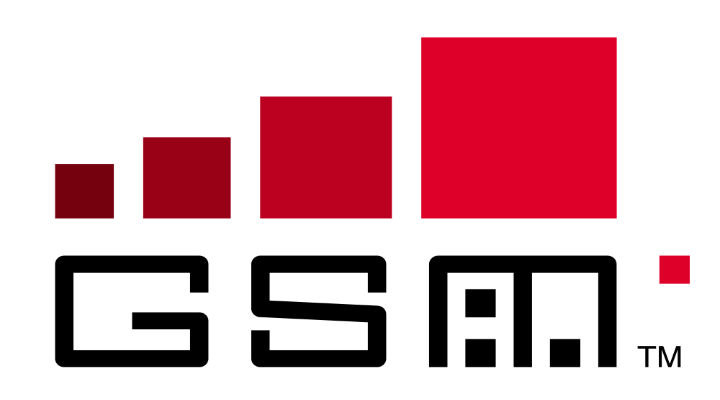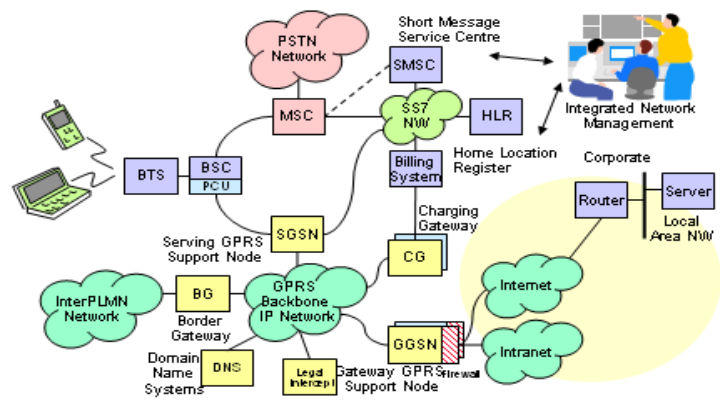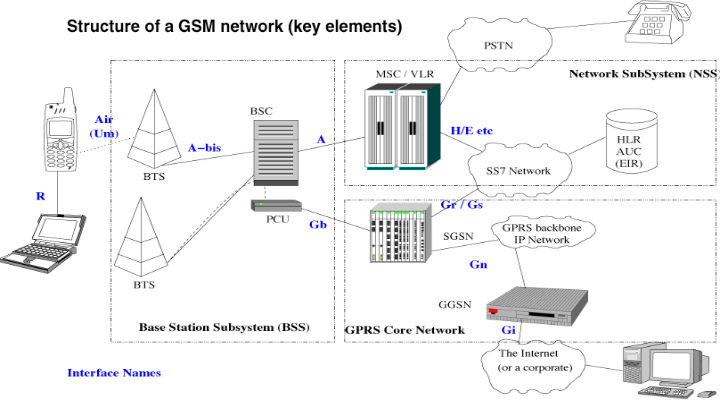GSM Projects from Experts.
GSM refers to the mobile radio network that helps in 2G mobile based communication. It is expanded as global system for mobile or group of special mobiles. In order to perform mobile communication GSM makes use of TDMA (time division multiple access) specific SMS sending and receiving applications are created through GSM based projects. Apart from this embedded domain has created other designing based projects using GSM. C language is made used in order to frame hardware model based projects that creates and enables certain hardware devices. Antitheft management system, alert service model, railway track security system and energy meter reaching are some beneficial projects that are performed through GSM technologies. We offer projects on 3D modeling and android application that are created using GSM technology. More entertainment and media based applications are also created by GSM technology. GSM Projects PDF.
Architecture for GSM Projects:
Base station subsystem: Two devices are required for building up base station subsystem. Base transceiver station (BTS). It is a group of radio transmitters, antennas, receivers and interface facility.
Base station controller (BSC): A group of BSC is connected by means of this base station controller. Its prime function is call maintenance.
Network subsystem: It has the following modules
- Mobile switching center (MSC).
- Home location registers (HLR).
- Visitor location registers (VLR).
- Authentication centre (AUC).
- Equipment identity registers (EIR).
Mobile station: Handset, mobile and portable terminal makes up a mobile station. A removable subscriber identity module is part of the mobile station. It also acts as terminal for making interface in GSM.
Layering architecture in GSM based Projects:
Signal messages are exchanged from radio sources through GSM protocol architecture. Layer 3, data link layer and physical layer are the layers of GSM. Mobility management (MM), connection management (CM) and resource management (RM) is the sub layer of layer 3.
Specifications followed in GSM Projects:
- Channel separation– it refers to the separation between adjacent carrier frequencies is 200KHZ.
- Modulation– it is a process altering carrier frequency. It is preformed by Gaussian minimum shift keying (GMSK).
- Speech coder– bit rate is reduced by 13 Kbps through linear predictive coding (LPC).
- Frequency band– 1850 to 1990 MHZ are the frequency range used in GSM.
- Transmission rate– data is transmitted by 270 Kbps.
- Duplex distance– it is the distance between downlink and uplink which is 80 MHZ in each channel.
Services offered by GSM Projects:
- Asynchronous and synchronous data services.
- Telemetric services.
- Voice mailbox service.
- Mailing services.
- Telephonic service.
- Provide access for packet data network.
- Call forwarding service.
- Supports for internet connection.
Applications of GSM:
- Mobile communication.
- SMS based alert system.
- Home security applications.
- Monitoring system.
- Automatic robot controlled.
Benefits of GSM:
- GSM offers wide range of services.
- Provide difference between user and device identification.
- Interworking like DECT and ISDN.
- Provides excellent speech quality.
- Support for international roaming.
- Provides security features.
Encourage students to choose a project with latest technologies. Provide various topics based on our interest and explain briefly.
Project guide reduced our burden and provide interactive environment in project implementation. Team members provide an excellent guidance in our projects.
Team members satisfy the student expectation and provide high optimized output. We gained knowledge in our project by our team members.
Provide technical software support. Deploy various algorithms and explain to students in an easy.




